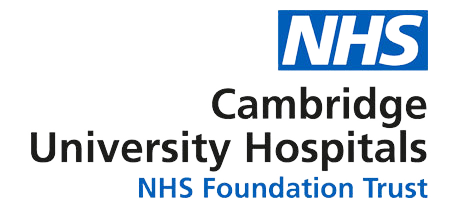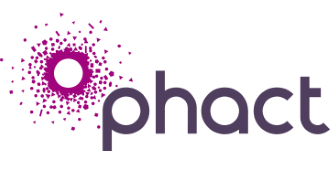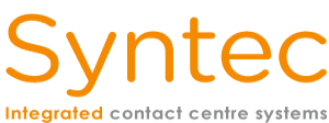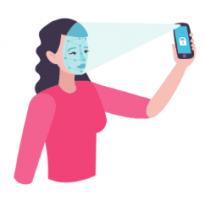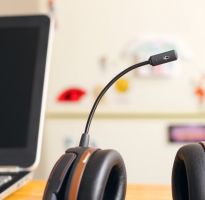View our range of biometric solutions below...
Overview
-
Aculab’s biometric solutions enable a multitude of improvements for customers and businesses, providing seamless authentication – every time.
- ID verification in less than a second
- Flexible deployment , on premise VMs or cloud hosted
- Secure, ISO9001, 27001, GDPR compliant solution
- Exceptional accuracy, driven by deep neural networking
Embrace the future of authentication today – request a demo.
-
2000+
Customers -
80+
Countries -
40+
Years of experience
Technical Features

Easy integration
Provided as a VM image that can be deployed on your platform of choice - hardware server, data centre, or cloud

Application control
APIs facilitate core enrolment and verification tasks, leaving your application total scope to deal with overarching process operations

Highly scalable
Aggregating nodes to create a multi-node cluster offers you scalability and inter-node – intra-cluster – load sharing

Resilience and redundancy
Clustered nodes offer you a high degree of resilience and redundancy, with extreme data persistence for dataset storage
Aculab
trusted by...
-
Customer stories
Customer stories
Certification
Standards and compliance
Aculab is committed to maintaining a high standard of quality and security across the board.
Data security and standards compliance are key to Aculab, and we have passed audits for compliance with standards ranging from Quality Control (ISO 9001:2015), through Information Security (ISO 27001:2013) to Data Privacy (EU GDPR) and health-related standards such as HIPAA and HITECH.

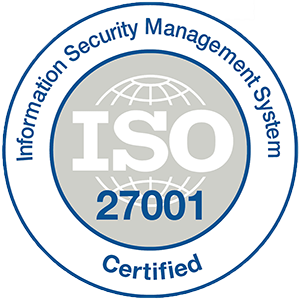
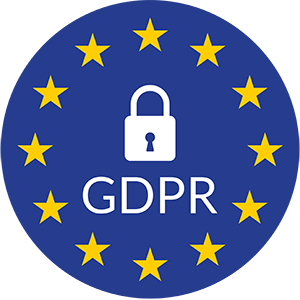
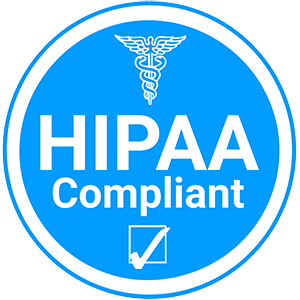
Documentation
Datasheets, technical tips, professional services, white papers and planning guides.
Learn more about what you could do with our Biometric technologies.
Applications for voice biometrics
The case for voice biometrics in the contact centre
Implementing speaker verification
Dispelling the myths of voice biometrics - eBook

















